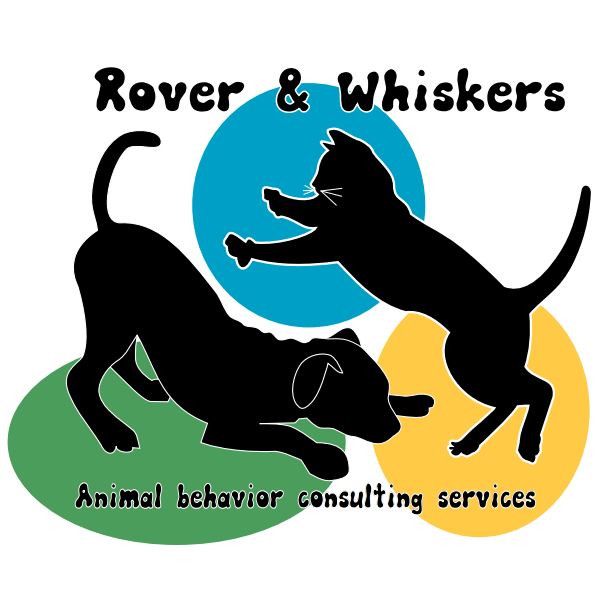Terriers were, and some still are, used to kill vermin. They vary in greatly in size. Many have short or wire like coats, but some require significant maintenance. They are generally active dogs with a high prey drive. They generally require significant, patient training. Here are some of the more common terriers.
Airedale Terrier
Australian Terrier
Bull Terrier
Irish Terrier
Miniature Schnauzer
Rat Terrier
Scottish Terrier
Smooth Fox Terrier
Soft Coated Wheaten Terrier
Staffordshire Bull Terrier
West Highland White Terrier
Wire Fox Terrier
These dogs were bred to be tenacious and persistent when trying to get something they want. These can be great qualities but can also be frustrating at times. If you are using a dog to hunt rats or participating in the barn hunt sport, these qualities are very beneficial. They can also be helpful when you want a dog to keep trying at a food puzzle or learning a new skill. Sometimes, however, these same qualities can be difficult. For example, a dog that wants the trash or to get out the door and does not give up easily can irritate even the most patient trainer. Although not all of these dogs bark a lot, many of the smaller terriers have a high-pitched bark when they do bark. If you do not want your terrier barking for attention, it is important to not reinforce the barking. These breeds are generally high energy and need something active to keep them out of trouble. Breeds that were bred to chase the vermin underground like West highland terrier, Scottish terrier, rat terrier, miniature schnauzer, Australian terrier often enjoy digging especially if they smell something below the surface. Since these dogs have a high prey drive, they need to be introduced to other species or small dogs when young. Some cannot be trusted alone with critters small enough to be deemed prey.
Some breeds like the Staffordshire bull terrier, bull terrier and rat terrier require very little coat maintenance. Others like the soft coated wheaten, Scottish terrier, and west highland white terrier require regular coat trims. If the coat is not maintained moisture, dirt and debris can accumulate causing skin irritation to the point that vet care may be needed.
Some heath considerations for terriers include, allergies, atopic dermatitis, Von Willebrand’s disease, patellar luxation, and hip dysplasia. Patellar luxation can be seen with many of the smaller terriers. Hip dysplasia tends to affect the larger terriers like the soft coated wheaten and the Airedale. Bull terriers also can be genetically predisposed to Bull terrier polycystic kidney disease. Thankfully this can be tested for genetically and should not be present in lines from good breeders. West Highland Terriers are predisposed to skin conditions and atopic dermatitis can be very severe and a lifelong management problem in some cases.
